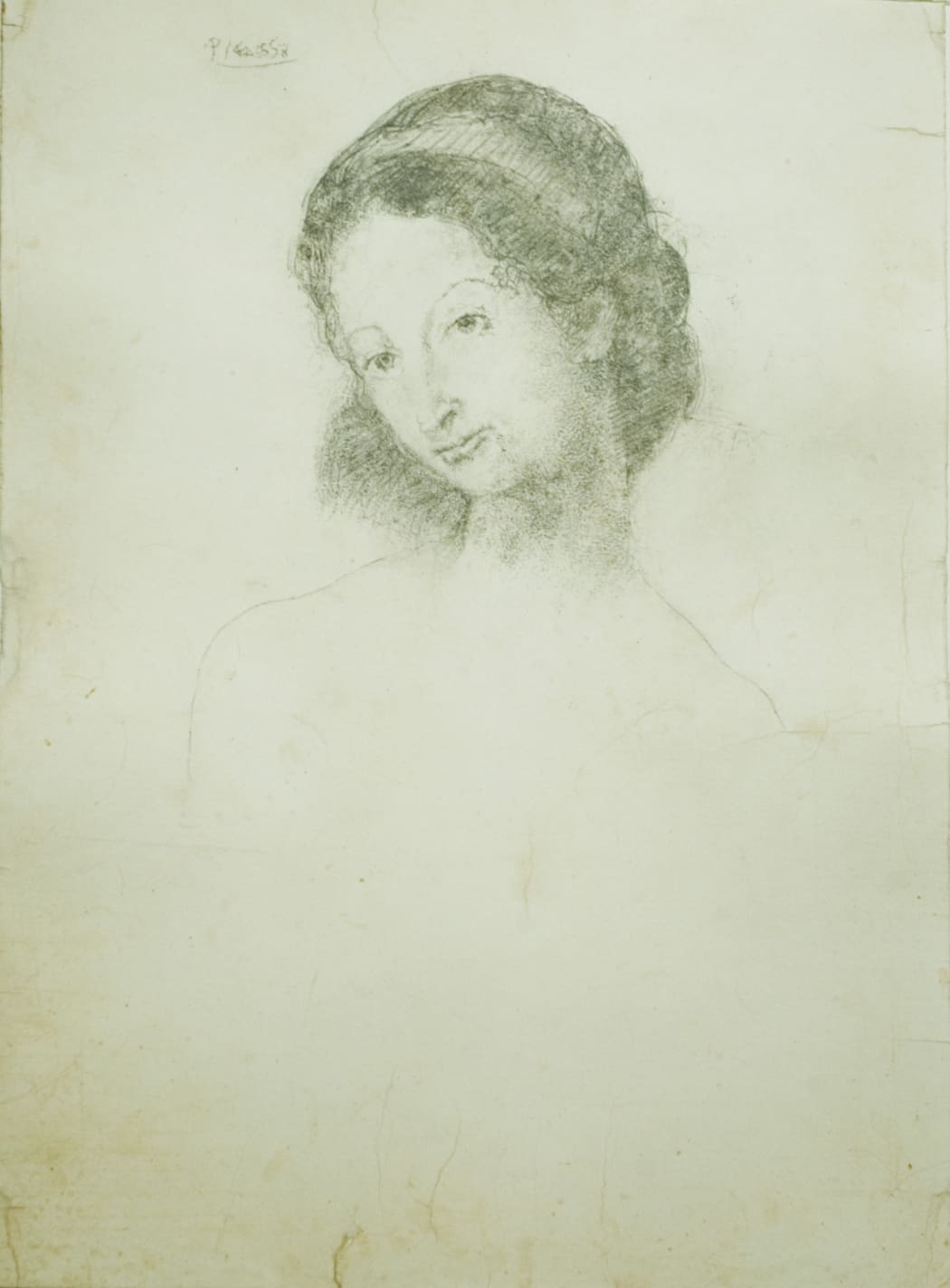
You’ll recall that Guillaume Apollinaire wrote his first two pieces on Picasso in 1905 and in them, he offered less critique and more poetic rapture. What we left out last week was that these reviews were in response to another critic. “It is said,” Apollinaire wrote, “that Picasso’s work reveals a precocious disenchantment. I think the opposite.”* Though he doesn’t say specifically, Apollinaire can only be referencing the then-prominent art critic, Charles Morice.
If the name Morice sounds familiar to you, perhaps you are well-versed in the works of the Symbolists. Though not always recognized by contemporary critics as one of the great purveyors of the Symbolist movement, artists and writers of the time credited his La Littérature de tout à l’heure (1889) with laying the theoretical groundwork for Symbolist interests. Morice was well-acquainted within the art scene, offering a hand to those struggling in the early days of their careers, most often in the form of a well-timed and fervent piece of writing – sometimes an article in the Mercure de France, others a full book – or an exhibition.** His roster included: the poet Paul Verlaine, the Post-Impressionist Paul Gauguin, the sculptor Auguste Rodin, and, of course, Pablo Picasso.
In 1905, Morice was the sponsor of one of Picasso’s earliest major showings of artwork in Paris. Picasso, at the time in his personal and artistic Blue Period, was to use the exhibition revenue toward materials (and food and rent) – though there is no indication that he made any sales of the works included, which featured a couple of early prints.* Rather, the exhibition’s value was in Picasso’s alignment with the reputable Morice, who had laid the artistic high hill occupied by the popular artists of the 1890s. Picasso appreciated the power of Morice’s words; but he also understood that his Blue subjects – the poverty-stricken, the harlequins, the socially destitute – departed from the Symbolist artists’, of whom Morice still held favor.
The bridge between Morice and Picasso came naturally: with a picture. Morice had a young step-daughter. At the start of his own career, still a penniless art history professor, he’d married her mother and raised her from a little girl. It’s not clear where Picasso noticed her – unassuming, decorous – amongst the rambunctious crowd of his bohemian scene and Blue Period subjects. But he saw her, and saw something in her, something compelling; unasked, he drew her portrait and gifted it to Morice. The girl had grown up in a household with more social capital and literary clout than money, but in Picasso’s intimate pencil drawing, she is purse-lipped, coy, sweet and delicate and noble-featured as an aristocrat’s daughter.
Whether Morice was warmed by Picasso’s gesture, or charmed, or surprised out of his preconceived notions of the younger generation’s work – he wrote favorably about Picasso’s new pieces, displayed at the show he’d sponsored. He did make a few scornful comments on Picasso’s prior work (his observation of Picasso’s “taste for the sad and ugly for their own sake” is, in our 21st Centruy perspective, actually more apt than derogatory) which of course spurred Apollinaire’s passionate polemical retribution. Nevertheless, Picasso – still young and bohemian, still multifariously hungry – had been recognized by an established critic.
*Richardson, John. A Life of Picasso: 1881- 1906. Random House, 1991. (pp. 356-357)
**de Leiris, Alan. “Charles Morice and His Times,” Comparative Literature Studies, Vol. 4 No. 4, 1967. (pp. 371-395)
